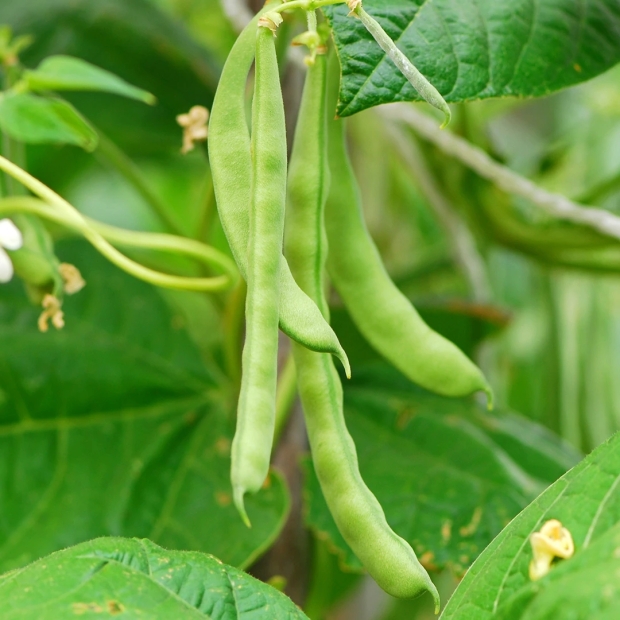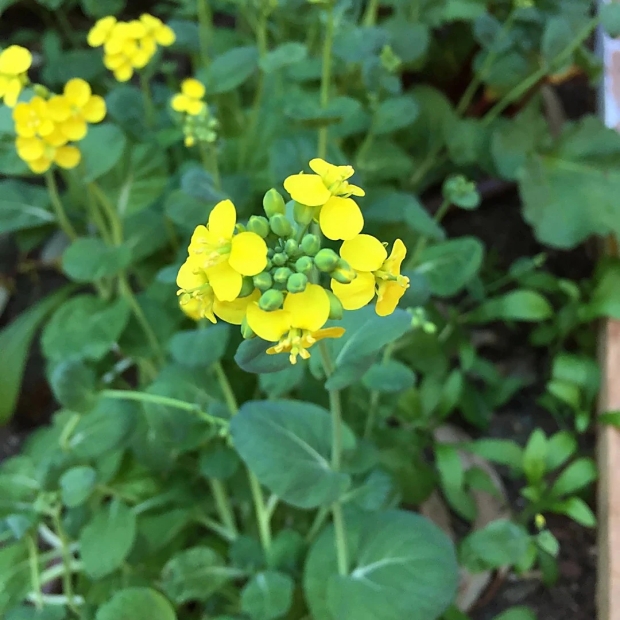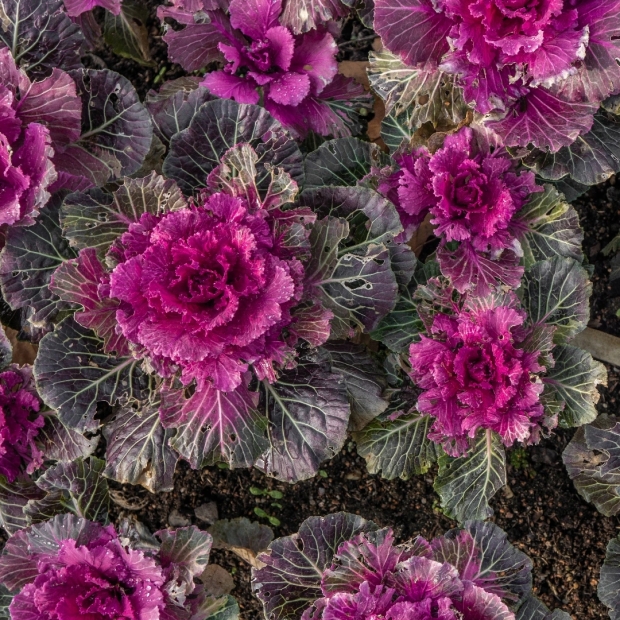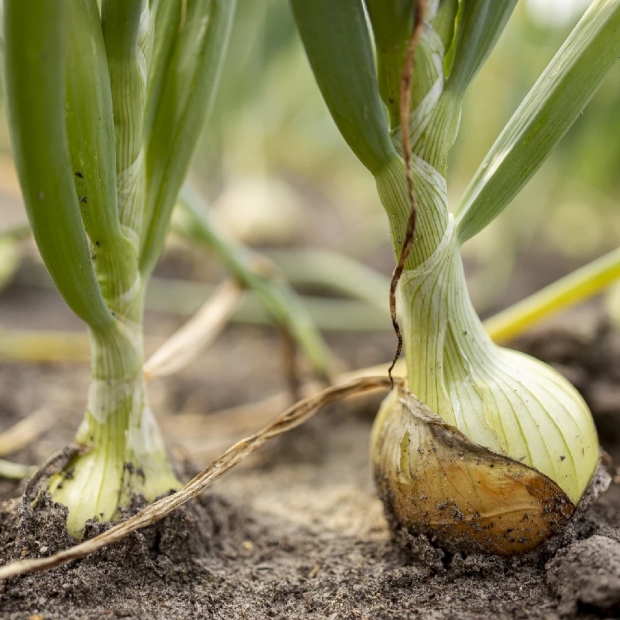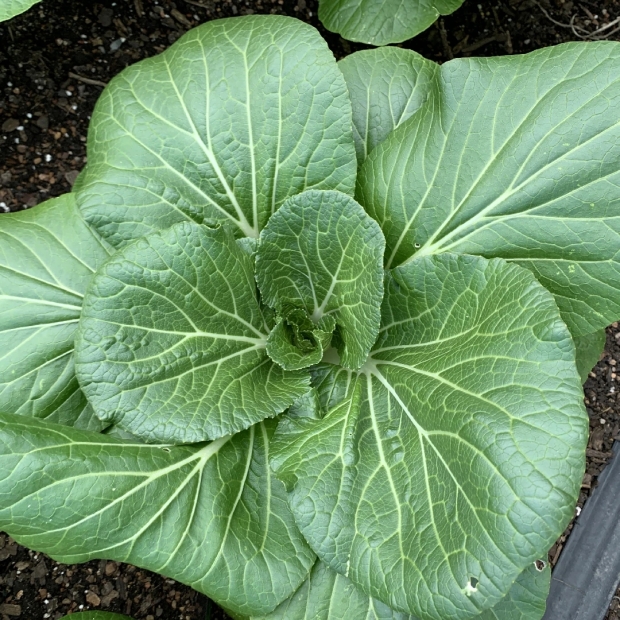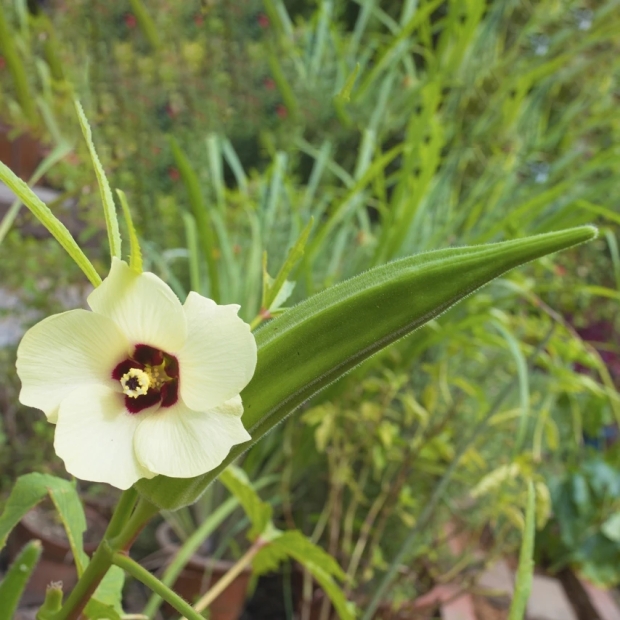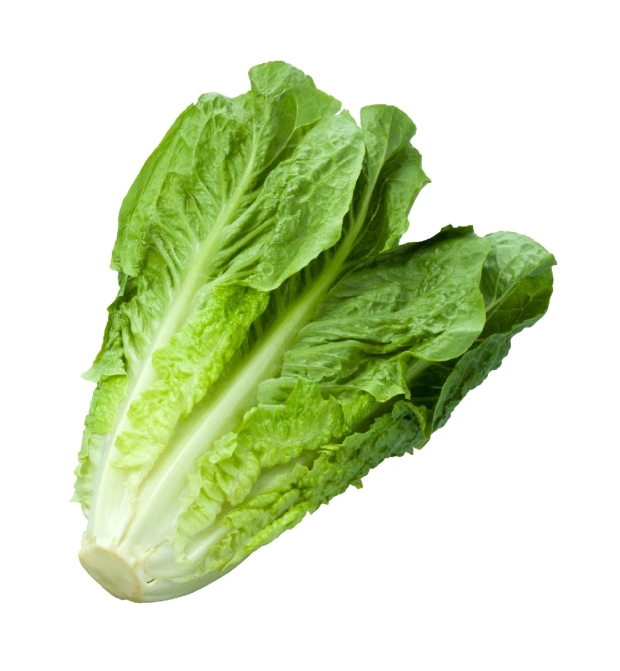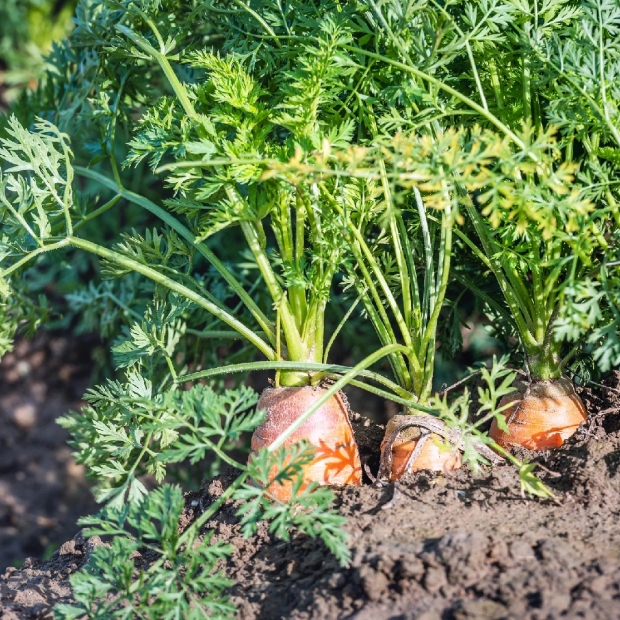Radish
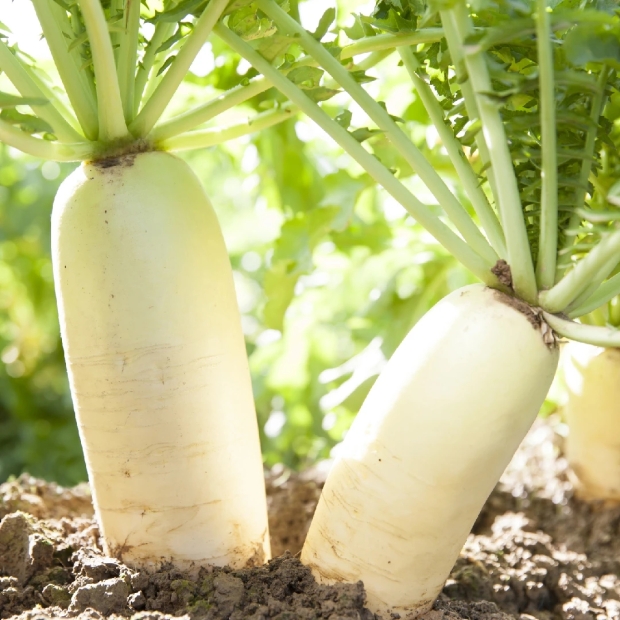
Radish (Raphanus sativus) is a plant species that represents a food staple in many cultures around the world. The Radish has a wide range of variations, including variants that grow in the spring, summer and winter. The root is generally eaten raw and can be used in salads or as a garnish.
